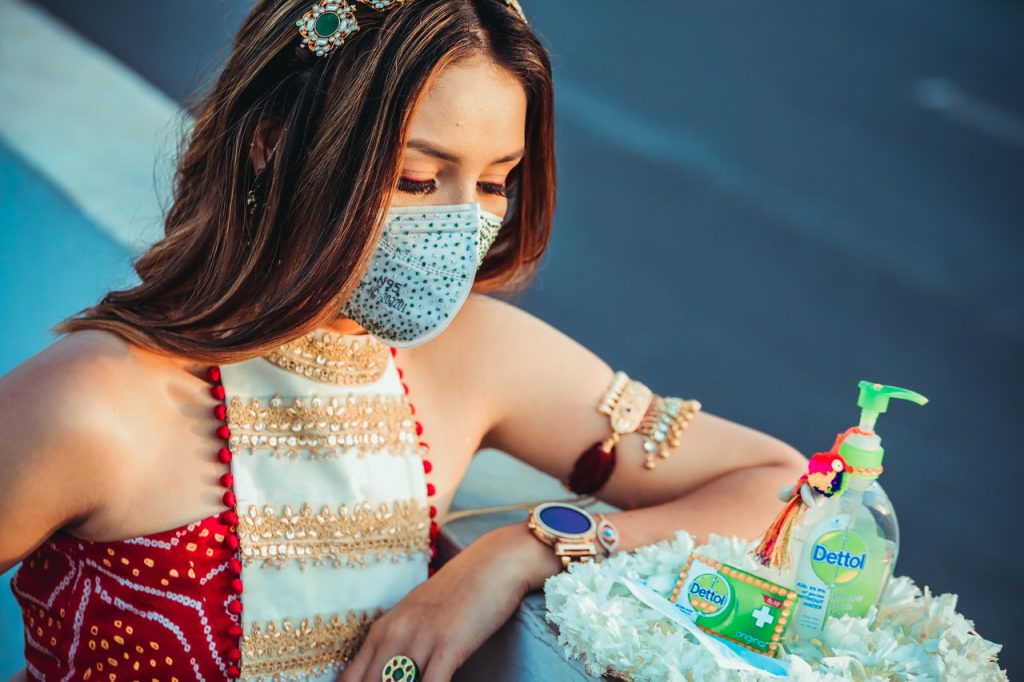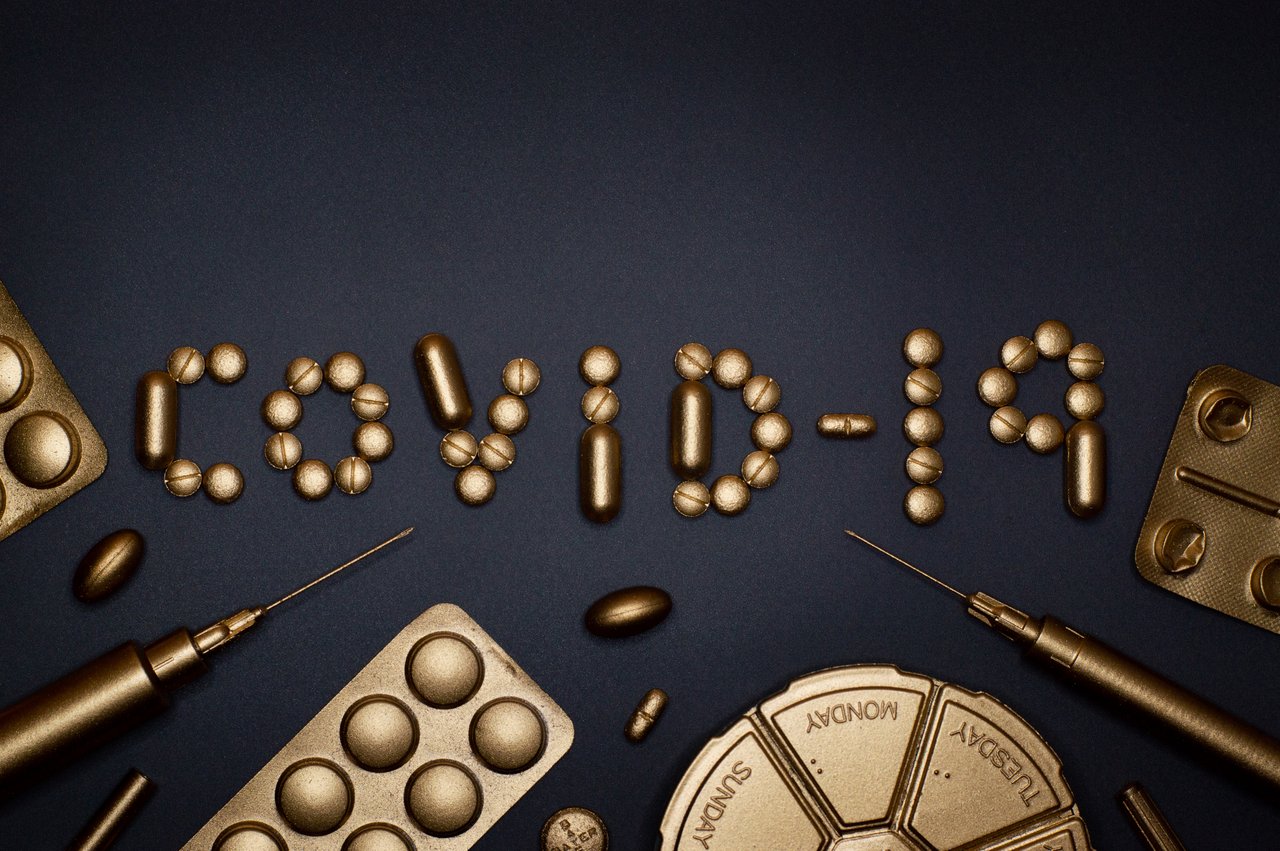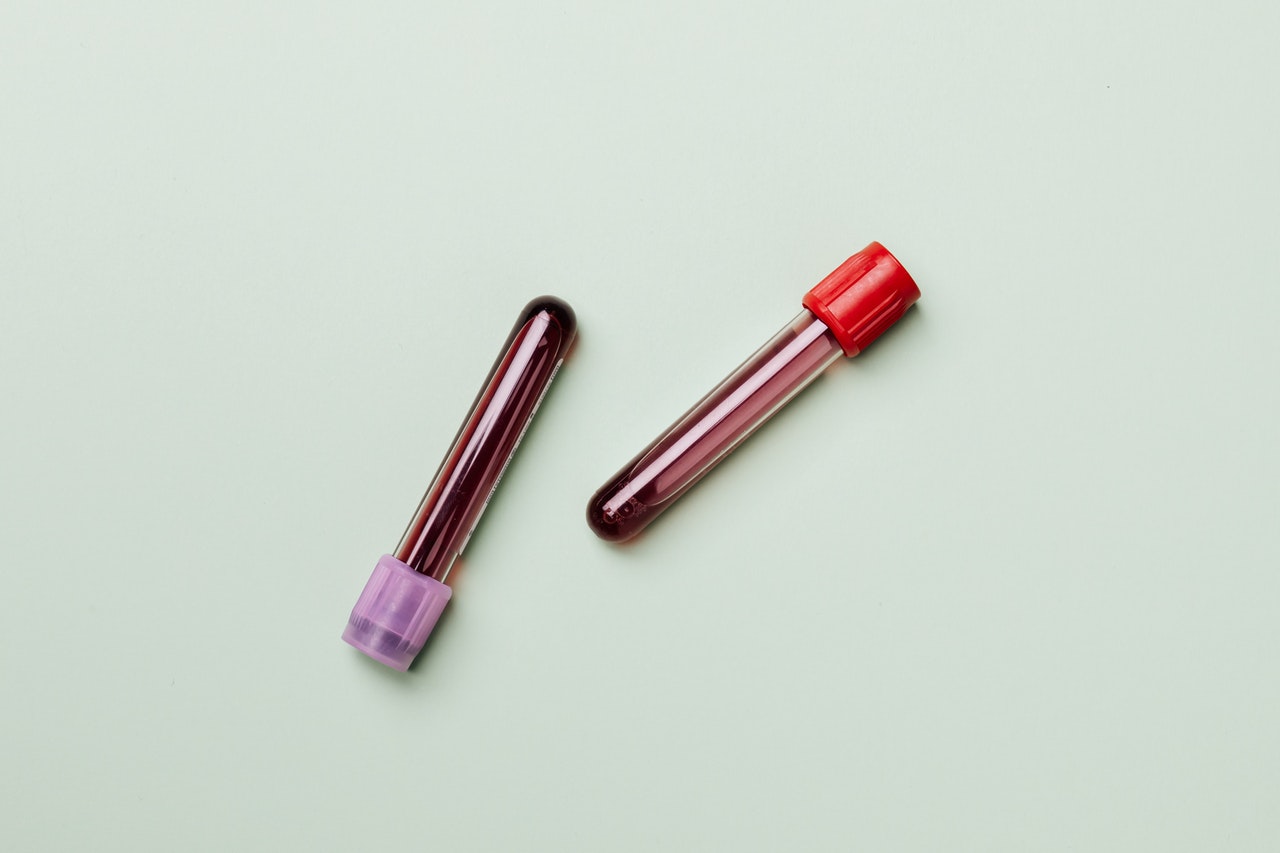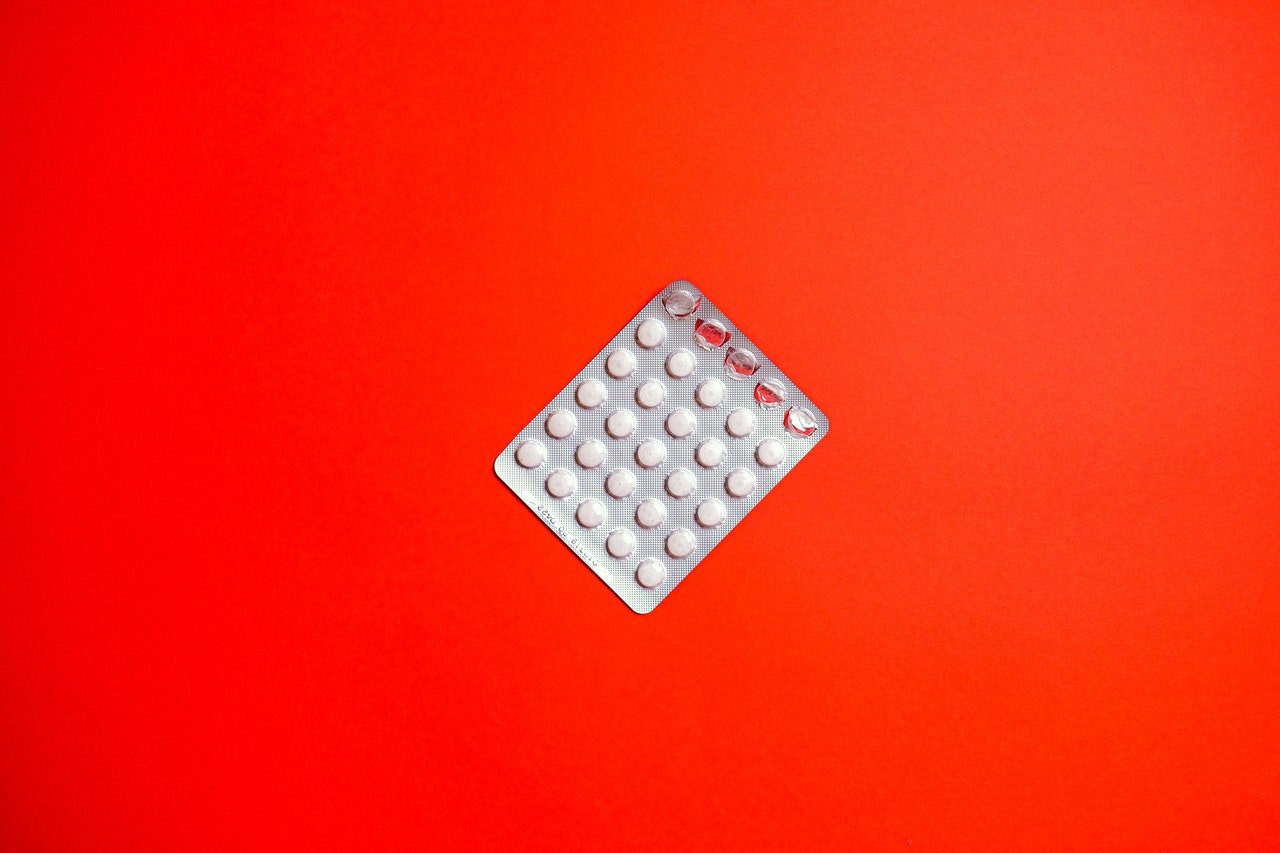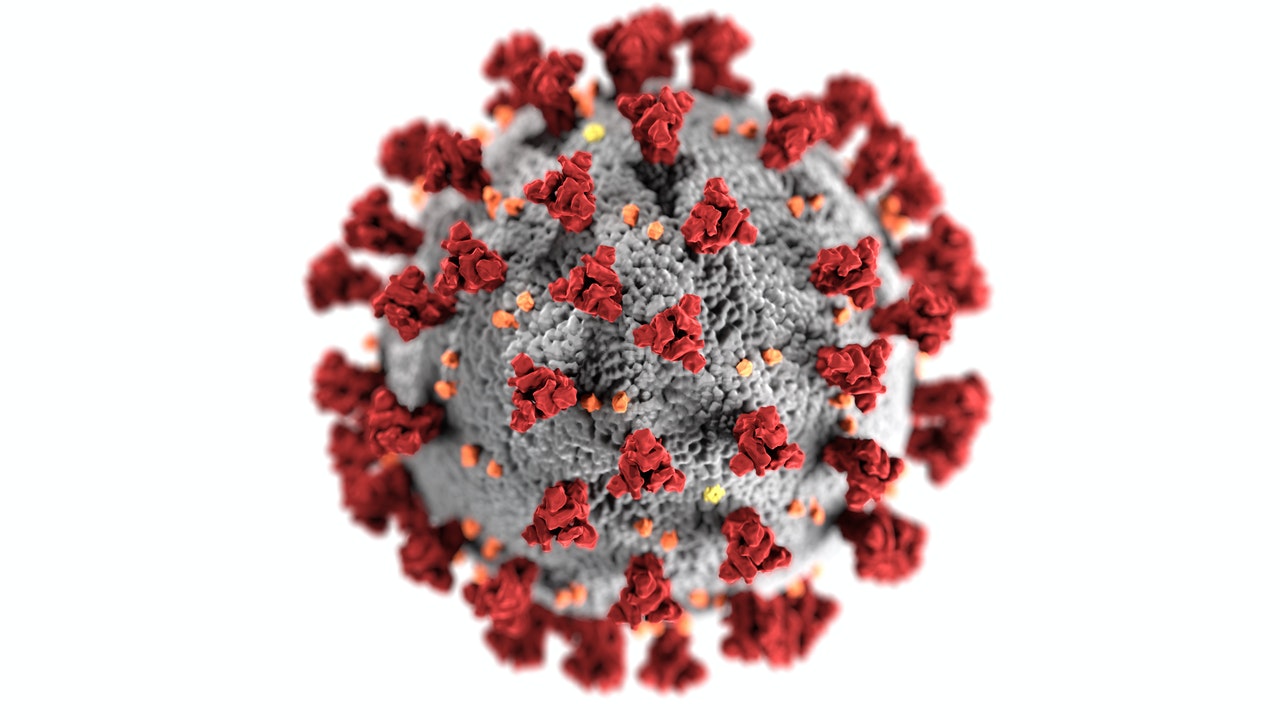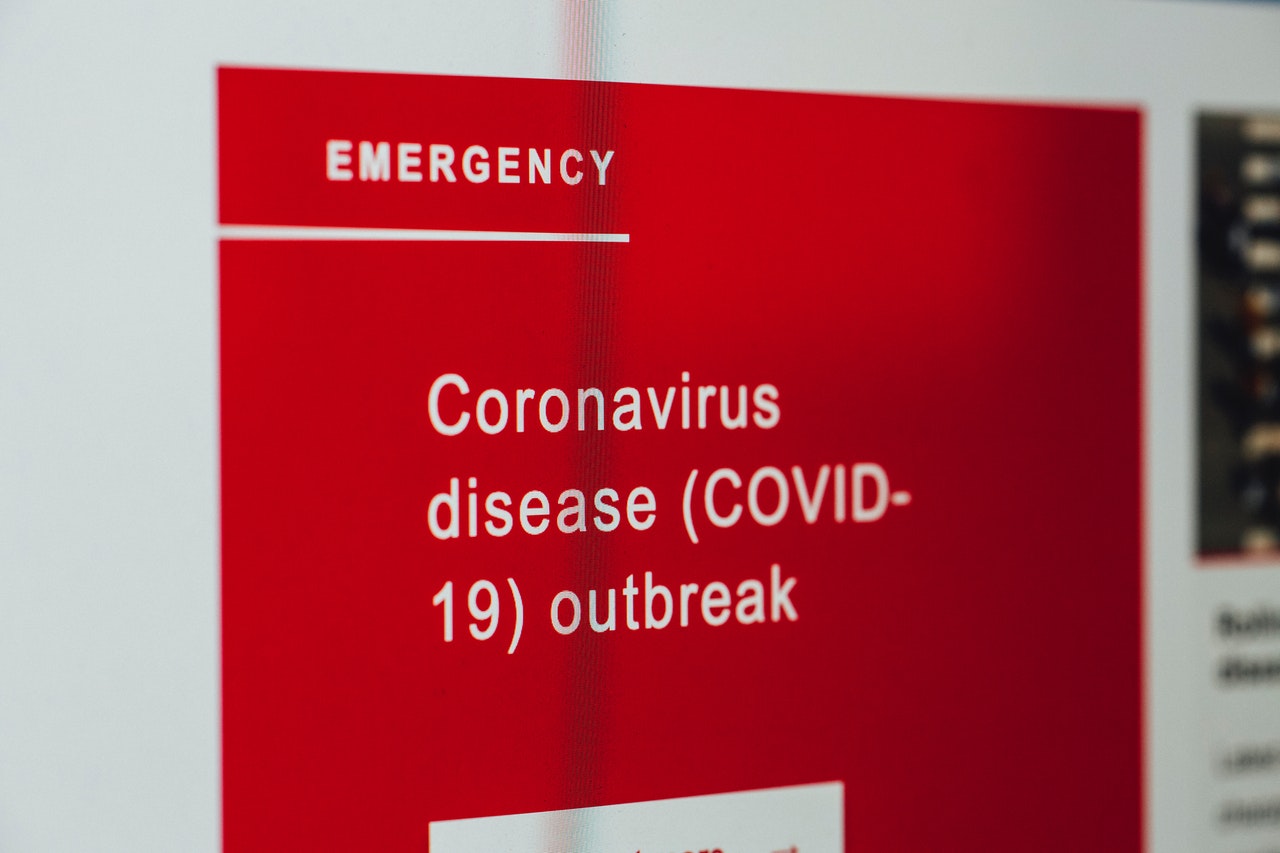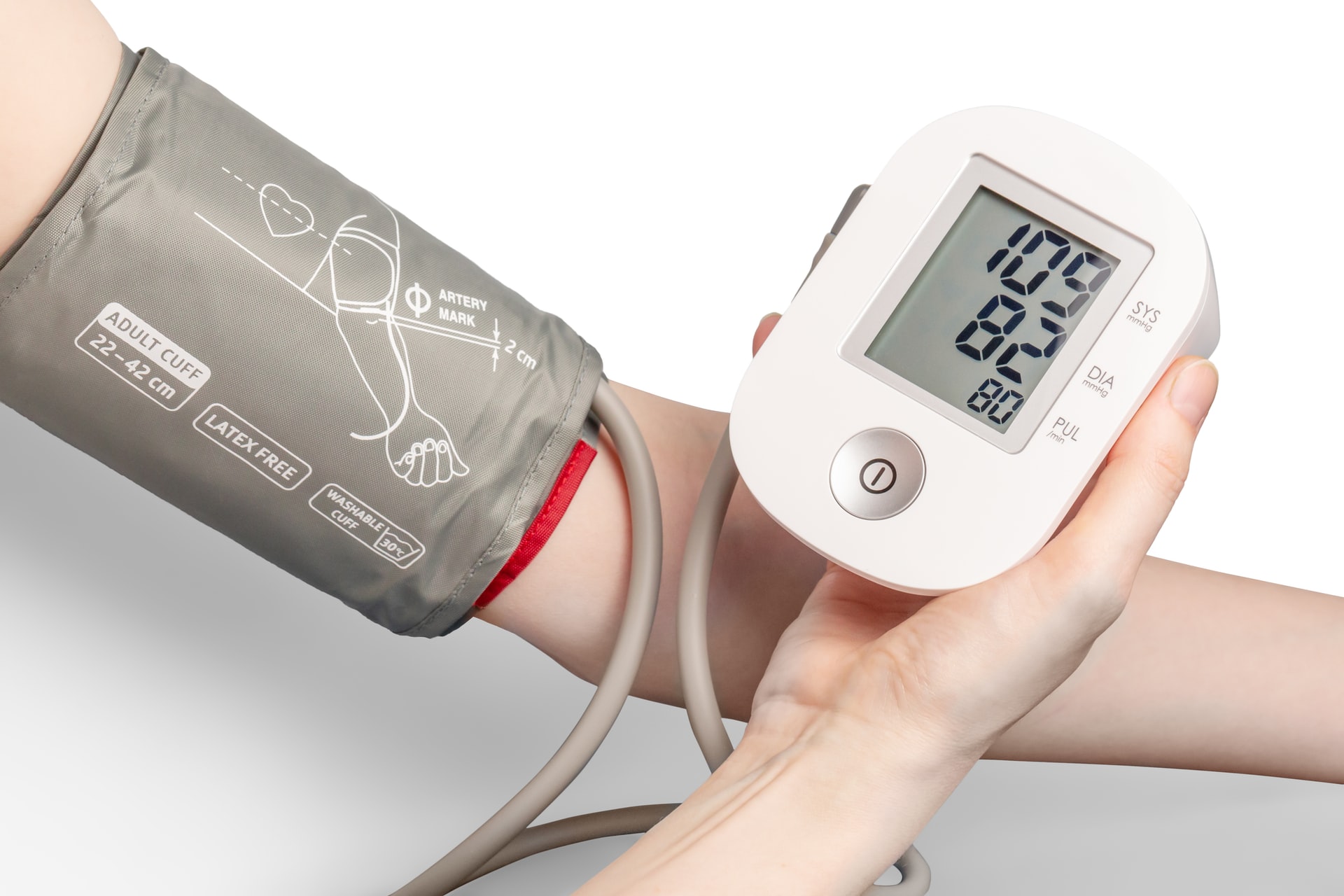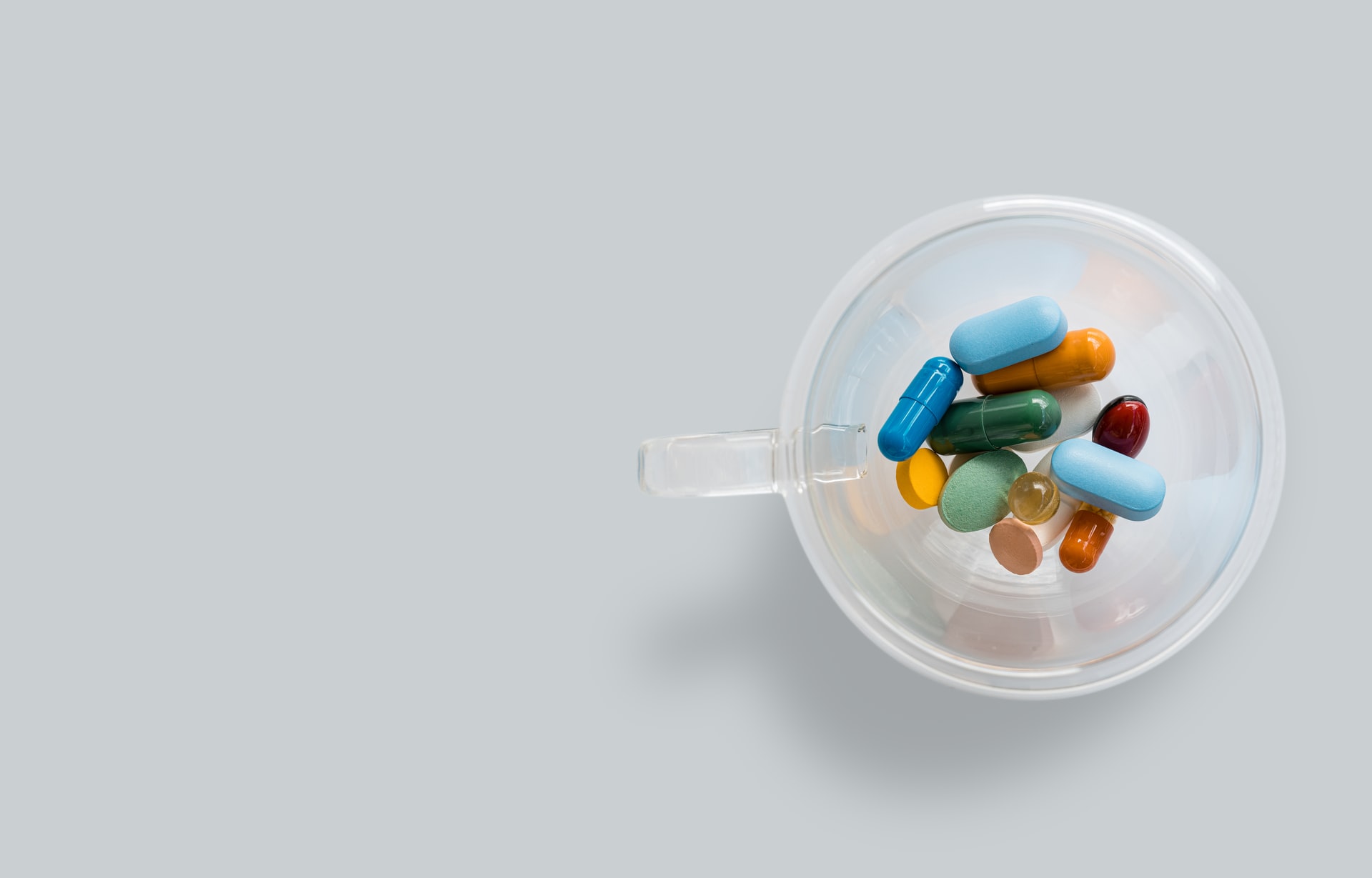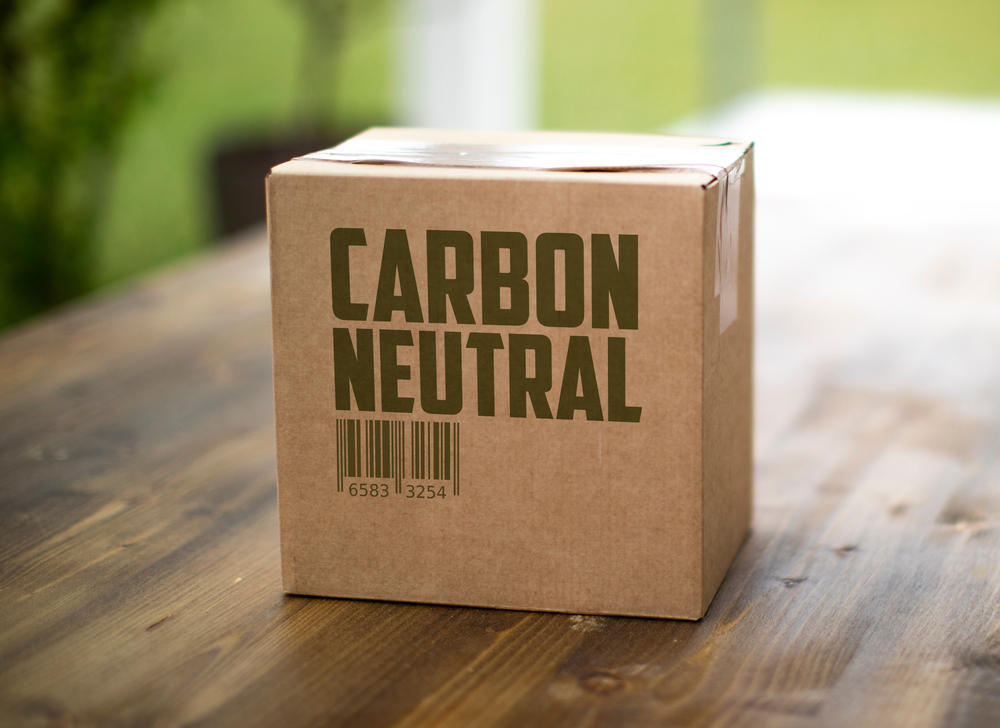Reading Time: 1 minute
- To understand how masks work, we need to have a perspective on size, especially microns.
- Micron or micrometer (µm) is a small unit of measurement and it’s 1/1000 of a millimetre.
- On average, a human hair is close to 80 µm in diameter; and human eye can’t see particles 50 µm or under.
- The smallest viruses have been found to be 0.025 µm, while the largest could be up to 0.4 µm.
- Now, what we see people wearing are not necessarily face masks; they are either face masks or respirators.
- A face mask is a loose-fitting, disposable physical barrier between the human and contaminants.
- It may protect you from large droplets but is not designed to protect you against small particles or germs; even if the filters were fine, the loose-fit can’t prevent the entry of germs.
- Respirators, on the other hand, are tightly-fitted (people with facial hair are less protected because fit isn’t as tight) & designed to protect you against very small particles.
- 3M’s N95 Respirator, for example, claims to stop particles of 0.3 µm & above; so, there is no protection against particles smaller than 0.3 µm.
- Coronavirus is said to be 0.1 µm in size and even 3M doesn’t claim to totally protect the wearer but it is believed that airborne viruses are normally attached to other particles such as that of cough, dust, saliva, blood & rarely exist as naked organisms.
- Particles of these carriers have been found to be bigger than 0.3 µm and N95 respirator may provide 95% filtration against them.
- The idea of face masks is to reduce the risk against whatever that can’t pass through plus to prevent you from bringing your hand, which may have virus on it, to your mucus membrane (nose and mouth).
- Also, wearing face masks is believed to prevent the ‘infected’ from spreading the virus as the relatively bigger particles from sneezing and coughing don’t pass through.
- The best protection in case of face masks may be when both virus-carrier and healthy contact wear them.
Also Read:
Why so many disease outbreaks happen in China?
Reference shelf :
Share this:
-
Pingback: Why do they insist on “20 seconds” when washing hands? - 2dPoint

